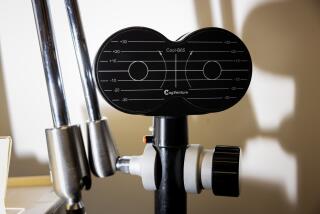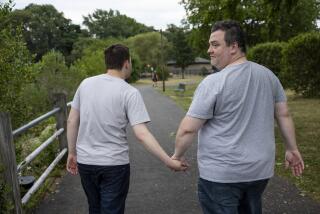Autism’s mark on brains described
CHICAGO — Autistic children have more gray matter in areas of the brain that control social processing and sight-based learning than children without the developmental disability, a small study said Wednesday.
Researchers combined two sophisticated imaging techniques to track the motion of water molecules in the brain and pinpoint small changes in gray matter volume in 13 boys with high-functioning autism, or Asperger’s syndrome, and 12 healthy adolescents. Their average age was 11.
The autistic children were found to have enlarged gray matter in the parietal lobes of the brain linked to the mirror neuron system of cells associated with empathy, emotional experience and learning through sight.
Those children also showed a decrease in gray matter volume in the right amygdala region of the brain that correlated with degrees of impairment in social interaction, the study found.
Autism affects about 1.5 million Americans, according to the national Centers for Disease Control and Prevention.
Considered the fastest-growing developmental disability in the United States, autism typically appears in the first three years of life and hinders social interaction and communication skills.
The research used a combination of diffusion tensor imaging and a new imaging method. Unlike earlier technology, the technique can detect subtle changes in thousands of small brain sections, said the study’s lead author, Manzar Ashtari of the Children’s Hospital of Philadelphia.
Larger amounts of gray matter in the left parietal area of the brain correlated with higher IQs in the control group of children but not in the autistic children because that section of gray matter is not functioning properly, Ashtari said.






